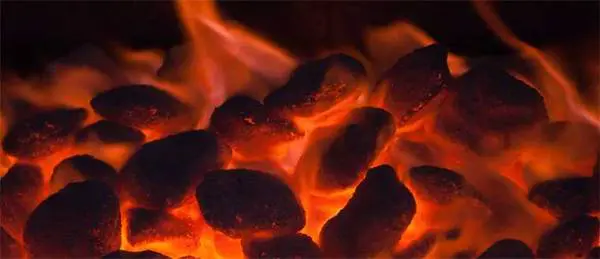Week 23: Red Hot Summer
For many folks the beginning of summer means that it’s time to hop in the car, drive out to the park, and fire up the barbecue grill.
It’s a tradition that goes back about a century, after Henry Ford had changed the face of production with the invention of the industrial assembly line. By automating the manufacturing process, he was able to turn out automobiles at an astounding rate, and produce cars of consistent quality that were affordable to the average family. A lot of the country was suddenly mobile.
But Ford’s process also created an enormous amount of by-product and waste. Bits of metal, chemicals, leather scraps, all kinds of stuff. And one of the largest components of those early Ford cars was wood, which was used to make dashboards and door panels. Before long, the Ford factory had quite a bit of wood scraps and sawdust piling up.
Rather than throw it out, Ford figured out a better use for it. He trucked the wooden waste-product up the road to a second factory which was designed by Thomas Edison. The stuff was dumped into a hopper, sorted and sifted, and then ground up to make a sticky pulp. The goo was put into an oven, but without the presence of oxygen, so it would dry without catching fire. The dried pulp was then mixed with anthracite, a fairly low-quality coal, which would help the wood burn evenly. And then limestone was added which would turn the wood white when it ignited, to indicate how hot it was. The mixture was bound together with starch, and pressed together into uniform shapes. Finally, the little shapes were heated to 280 degrees for several hours to harden them completely, and packaged in moisture-resistant paper bags.
The result was a completely dependable, completely uniform, man-made coal, which Ford called a charcoal briquet. The product was originally available through Ford dealerships, but soon sales expanded to grocery stores, where it was a huge success, and immediately became the standard medium for grilling. Ford had gained a new revenue stream and a monopoly over the cookouts in parks and back yards.
Today, Ford’s company converts over a million tons of wood scraps into charcoal annually, and after a century in business still maintains an 80 percent market share in barbecue briquets.
And why didn’t you know this? Because Henry Ford took his name off the product.
When he had needed a location for his charcoal factory, one of Ford’s relatives had helped him set it up. The resulting site and factory were so successful, it actually became renowned as the most efficient and profitable of Ford’s many various production facilities.
To show his gratitude, in 1947, Henry Ford had the company renamed in his relative’s honor.
That guy’s name was E.G. Kingsford.
